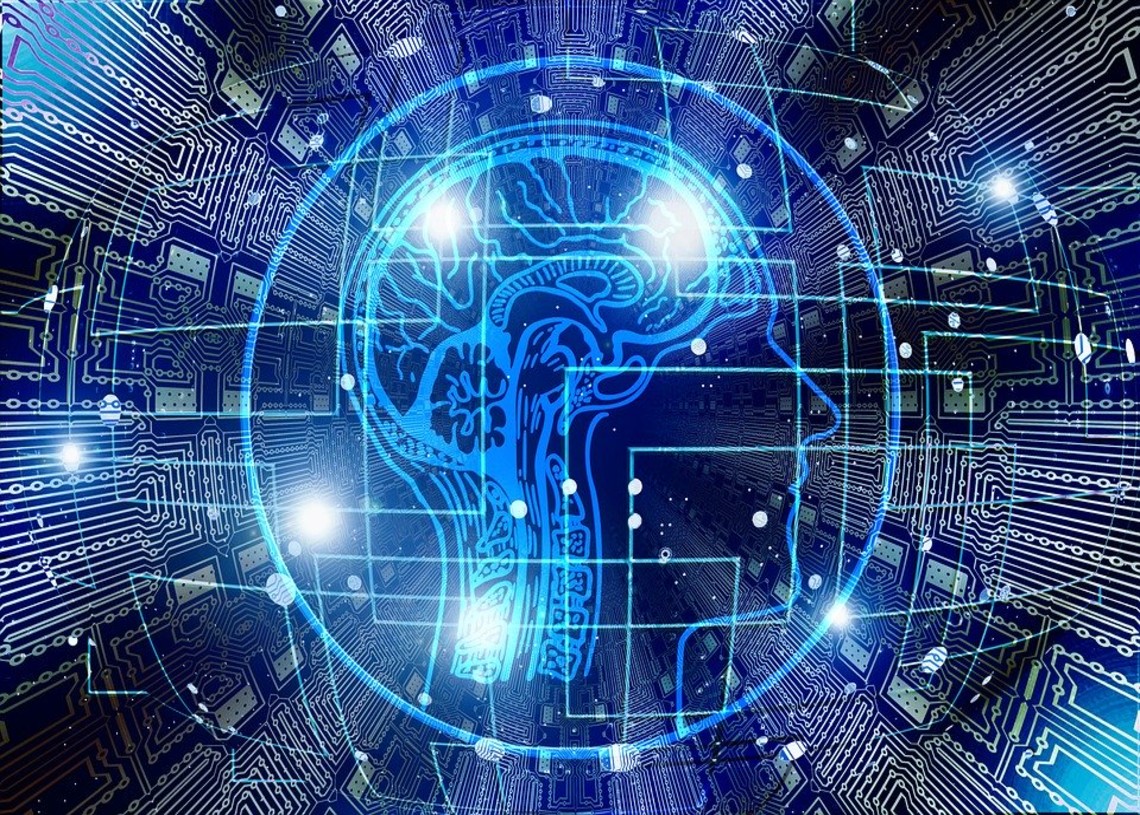Elon Musk, on Friday, was able to give more details about his latest brain-computer interface research that was being done by Neuralink. The research focused on integrating the brain with computers, to close the gap between artificial intelligence and the human brain.
In his presentation, he indicated that Neuralink had managed to put tiny electrode threads through the skull and into the brain, which provided useful data into the workings of the brain. He also indicated that they could now be able to obtain the brain activity data in real-time, after installing the electrodes, terming the success as a matrix in the matrix.
Brain-computer interface in pigs
To demonstrate this technology, he showcased the research in which pigs were used as test subjects for the technology. Electrodes were implanted into their brains and they were connected to an outside machine that was able to detect their brain activities. He indicated that the brain activity being observed was in realtime and the electrodes were able to relay the data in nanoseconds for interpretation.
Elon Musk also indicated that their brain-computer interface technology that he had demonstrated on pigs had already received a green light from the Food and Drug Administration. This meant that they could continue with its development and the device could also be used for medical purposes.
Neural link research
Neuralink built its technology on decades-old human-computer interface research and they aimed at creating a device that was capable of handling huge amounts of data from the brain to the computer. They, however, indicated that their short-term goals were to build a brain-computer interface technology that was capable of addressing specific health conditions.
As to how the device will be inserted into the human brain, Elon Musk indicated that it will involve a simple surgery that will be as intensive as the Lasik eye surgery. The electrodes, which are thinner than the human hair strands, once inserted in the human brain, would be connected to the human through incredibly small robots during the surgery.
Elon Musk also indicated that the procedure would not require anesthesia and would only take a day for the entire brain-computer interface to be integrated. This was a huge advantage, as compared to many of the current technology that requires invasive surgeries for integration.
Featured image by Pixabay







